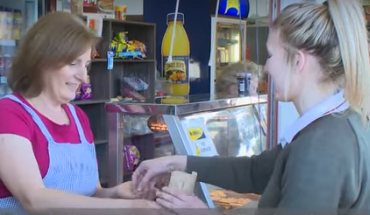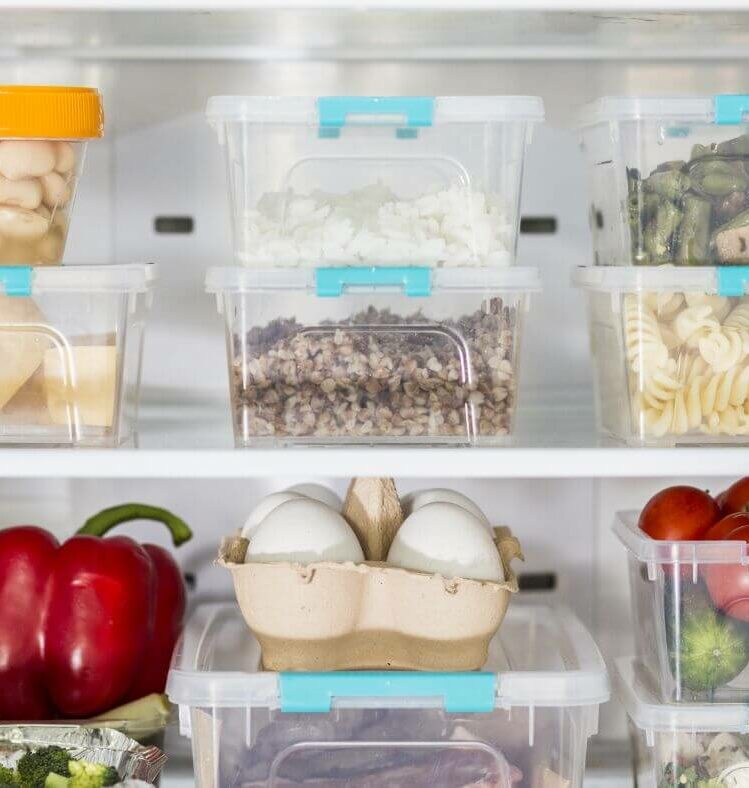
Overview
Buckley Park College has been able to maintain a financially viable canteen since implementing the Victorian School Canteens and Other School Food Services Policy.
Key to its success were establishing a nutrition committee, conducting school community surveys to find out food preferences and making simple healthy changes to the canteen menu. Watch this short video to get the full story.
Buckley Park College has been able to maintain a financially viable canteen since implementing the Victorian School Canteens and Other School Food Services Policy.
Key to its success were establishing a nutrition committee, conducting school community surveys to find out food preferences and making simple healthy changes to the canteen menu. Watch this short video to get the full story.
Background
Buckley Park College, with a population of 900 students, began its quest to promote healthy eating to its community in 2013. The school successfully achieved a menu which meets the Victorian School Canteens and Other School Food Services Policy that same year. Watch this video case study to hear about the changes Buckley Park College has made to achieve a healthier menu.
Steps to a successful healthy canteen
Successful healthy eating changes were achieved based on a whole of school approach which included:
- Developing a nutrition committee comprised of six students and staff members to lead the changes
- Updating the school nutrition policy and promoting it through the school’s website and handbooks to ensure the community was aware of the healthy eating priorities and changes to the canteen are supported and long term.
- Surveying many students, families, volunteer parents and teachers to see what new food and drinks trialed they preferred. This resulted in a high uptake of the new healthier menu items.
The financial impact
Since 2013, Buckley Park College has found their canteen has not undergone any negative financial impact by implementing and supporting a healthy canteen menu. If anything, sales have slowly increased. Students haven’t noticed many of the changes, as only minimal foods were removed from the menu and instead healthier choices and more variety were included so the students have been more willing to go and purchase from the canteen.
Ongoing strategies for success
- Specials or healthier items are promoted on the canteen blackboard or through pamphlets.
- Year 10 food technology classes are involved in new menu item development and trialling.
- Small and regular healthy changes continue to be made to the menu.
- Student involvement in the canteen continues to be encouraged which ensures they feel involved and have some control over the changes.
- Preparing and cutting up food in advance helps to make it available in a short time-frame.
- Being familiar with weekly special catalogues from the supermarket/distributor ensures food sold is cost effective.
[Text displayed on screen] Healthy Eating Advisory Service. Case Study: Buckley Park College. Nutrition Australia. Victoria, State Government.
[Lisa, Technology Leader, Buckley Park College] The school supports the canteen to provide healthy food choices by firstly developing a nutrition committee which is made up of students and staff. About six members.
We’ve updated our nutrition policy. So it is totally in our websites. On our handbooks.
[Connie, Canteen Manager, Buckley Park college] Some of the changes that we’ve made to promote healthy food is we’ve got whole meal and multigrain bread, also whole meal rolls.
We have 940 students, but about 700 come each day.
We’ve involved the students, the families and the teachers by sending out some surveys. I have volunteer parents that work with me, so I’ve asked them. And also the students that come to the canteen. I’ve asked what they prefer.
The watermelon we cut them in big slices. And the bananas and the apples. Our carrots and tzatziki dip and hummus dip. We get sushi twice a week.
We make our own yogurts and with berries, and we’re poaching our own chicken. And we’re also making chicken schnitzels. And we don’t deep fry anything. We just put everything in the oven.
We prepare food in a short time by having everything cut up in advance. And then when we start to make our sandwiches and our wraps, everything is ready there.
The way I save money by preparing healthy foods is by looking at all the catalogues. I’m always looking through what’s on special.
And since I’ve been providing healthy foods, we’ve got more students coming in and more teachers ordering.
[Lisa, Technology Leader, Buckley Park College] Our future plans for promoting healthy eating at the moment is to basically to continue with what we’ve done, making small but regular changes, so getting the kids more involved in the canteen so they can actually see what actually happens.
[Jacqueline, School student, Buckley Park College] Me and the other students of the school got involved by putting in our input to the canteen, letting Connie and the other workers know, like, what we’d like and what we’d like to see, and the new introductions to the canteen.
[Alex, School student, Buckley Park College] The look, the texture, it just tastes amazing and it tastes fresh, looks fresh.
[Jacqueline, School student, Buckley Park College] A lot of positive changes have came into it recently. So we’ve got the new fruits and the new obviously healthy wraps and rolls, so we’re all really excited to go into the canteen now.
[Alex, School student, Buckley Park College] The advice I give to other schools is to display it all over the school, have posters, put it in bulletins, do surveys, and to have a committee run by teachers as well as have students and the canteen manager involved.
[Lisa, Technology Leader, Buckley Park College] Small steps are always great steps.
[Text displayed on screen] Victoria, State Government. Nutrition Australia. www.heas.health.vic.gov.au.
Relevant case studies
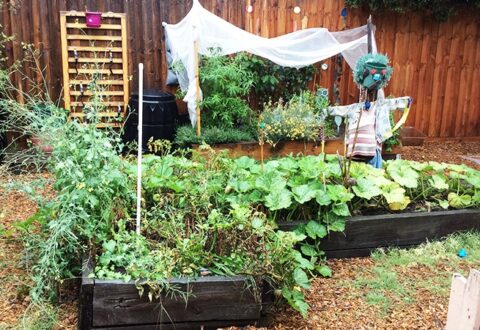
- Early childhood services
- Implementing healthy changes
- +1
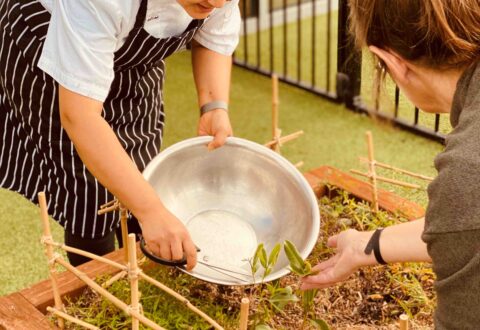
- Early childhood services
- OSHC
- +2

- Early childhood services
- OSHC
- +2

- Early childhood services
- Implementing healthy changes
- +1
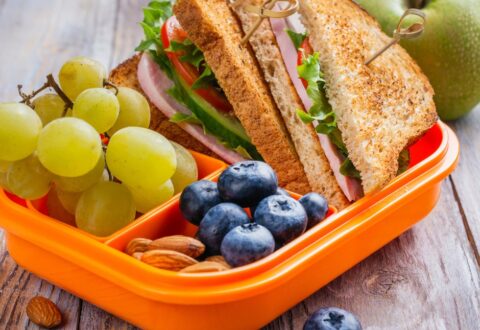
- Early childhood services
- Implementing healthy changes
- +1

- OSHC
- Implementing healthy changes
- +1
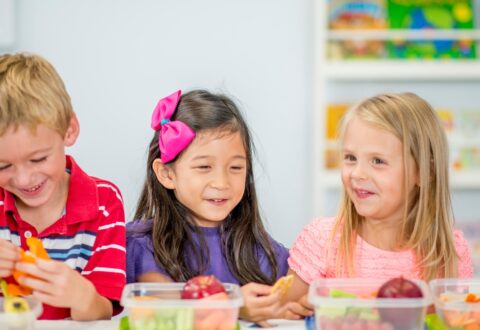
- OSHC
- Implementing healthy changes
- +1
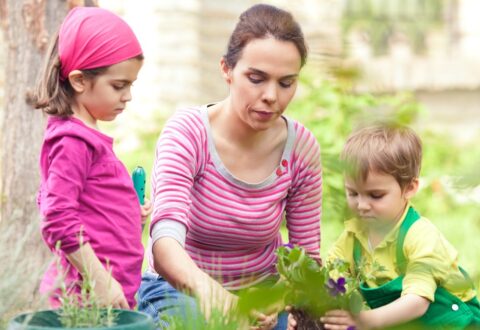
- Early childhood services
- OSHC
- +2
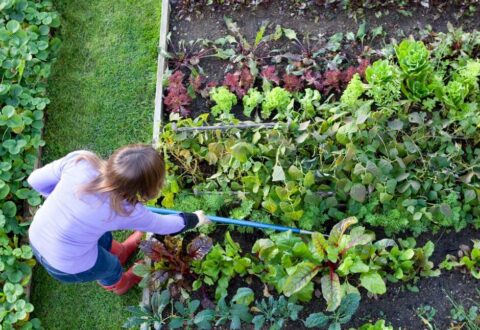
- Schools
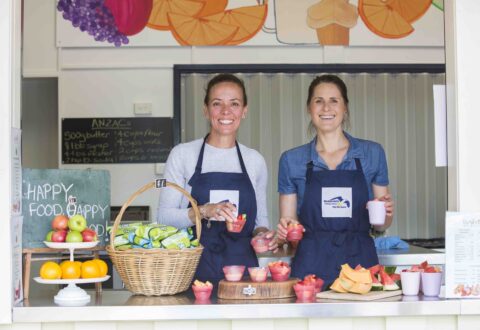
- Schools
- Implementing healthy changes
- +1

- Schools
- Implementing healthy changes
- +1
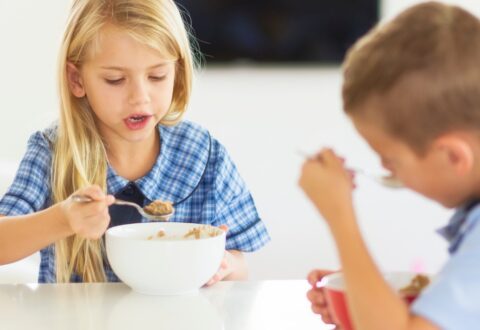
- Schools
- Implementing healthy changes
- +1
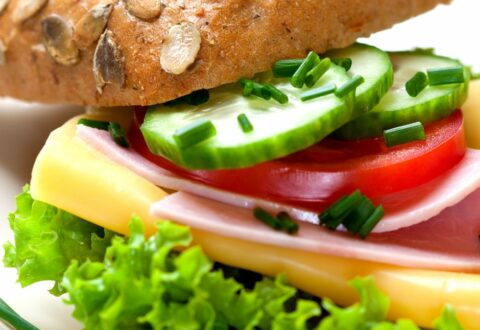
- Schools
- Implementing healthy changes
- +1
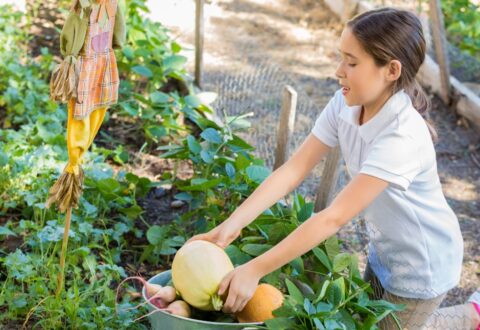
- Schools
- Implementing healthy changes
- +1
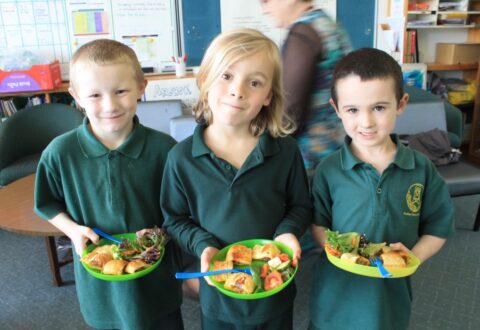
- Schools
- Implementing healthy changes
- +1

- Schools
- Implementing healthy changes
- +1

- Schools
- Implementing healthy changes
- +1

- Sport & recreation
- Implementing healthy changes
- +1
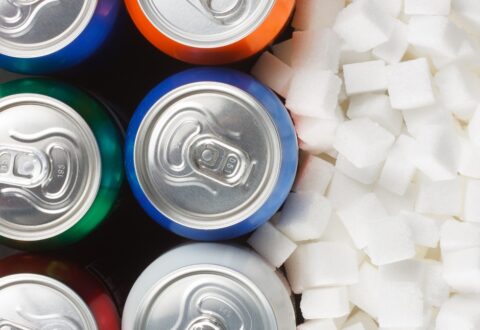
- Health services
- Implementing healthy changes

- Workplaces & Tertiary education
- Implementing healthy changes
- +1

- Sport & recreation
- Implementing healthy changes
- +1

- Sport & recreation
- Implementing healthy changes
- +1

- Health services
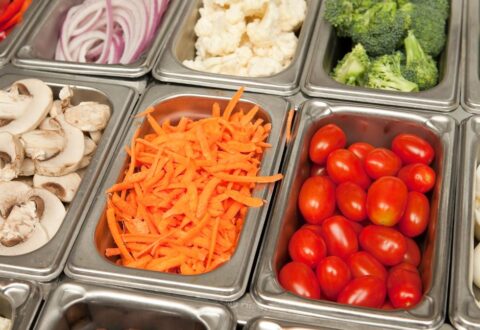
- Health services
- Implementing healthy changes
- +1
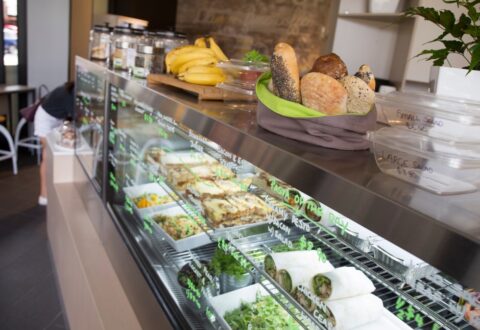
- Health services
- Implementing healthy changes
- +1

- Early childhood services
- Implementing healthy changes
- +1
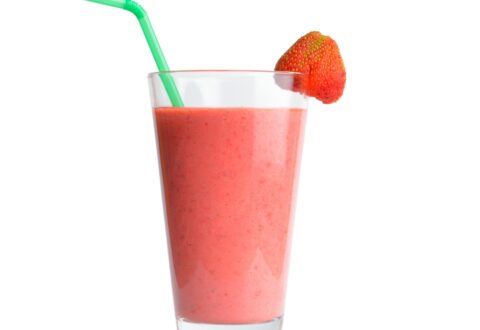
- Health services
- Implementing healthy changes

- Health services
- Implementing healthy changes
- +1

- Health services
- Implementing healthy changes
- +1

- Health services
- Implementing healthy changes
- +1

- Health services
- Promoting healthy eating
- +1

- Health services
- Implementing healthy changes
- +1
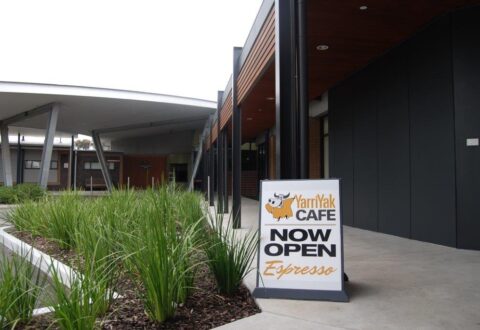
- Health services
- Implementing healthy changes
- +2

- Health services
- Promoting healthy eating
- +1
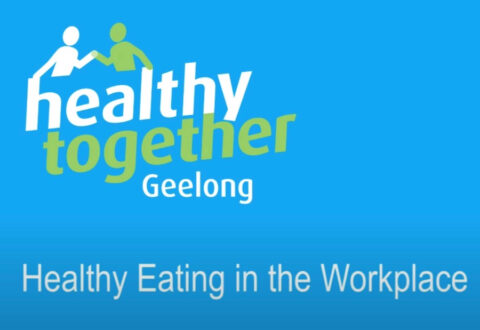
- Health services

- Sport & recreation
- Implementing healthy changes
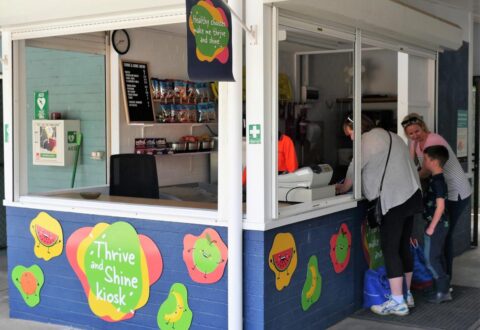
- Sport & recreation
- Implementing healthy changes
- +1

- Sport & recreation
- Implementing healthy changes
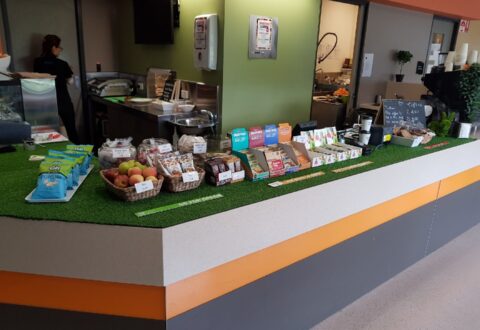
- Sport & recreation
- Maintaining sales
- +1
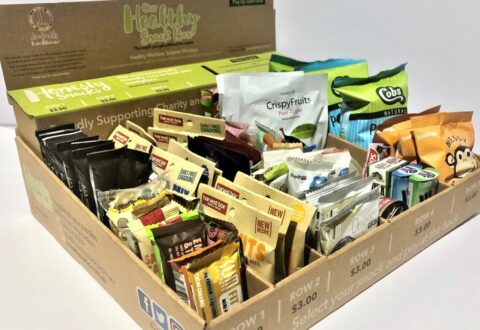
- Food industry
- Implementing healthy changes
- +1
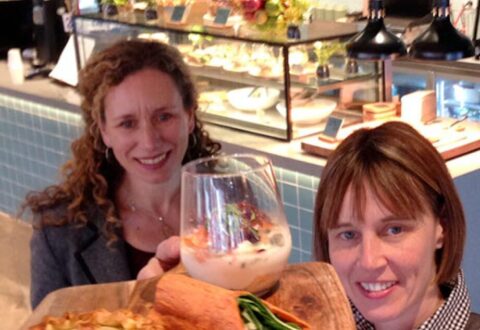
- Sport & recreation
- Implementing healthy changes
- +1
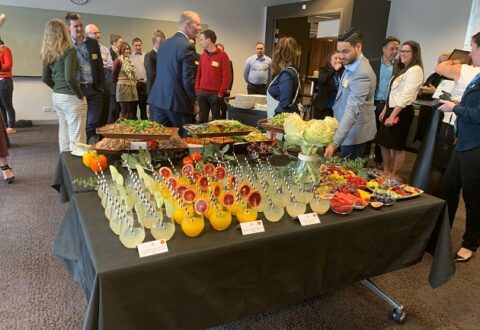
- Workplaces & Tertiary education
- Implementing healthy changes
Register your interest
"*" indicates required fields


